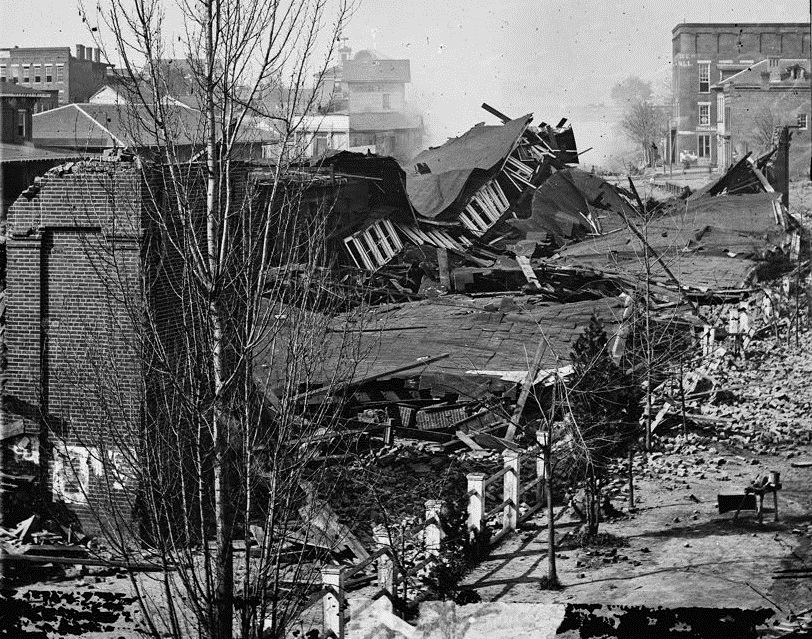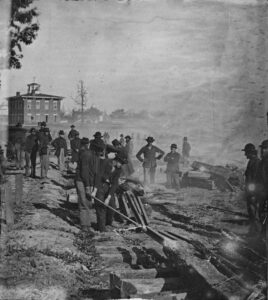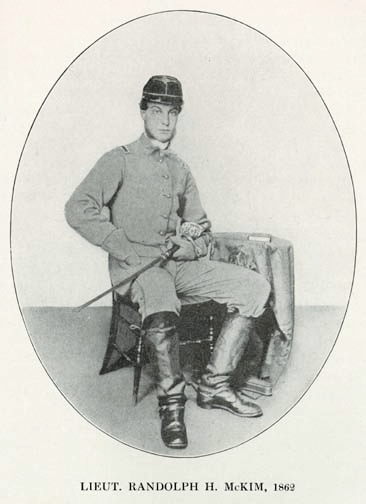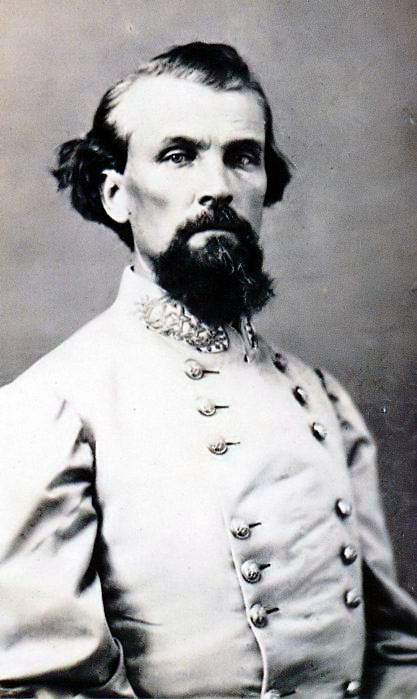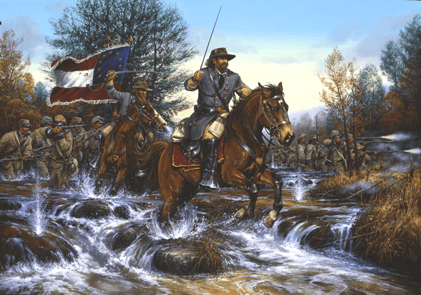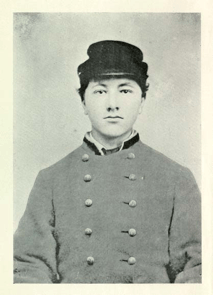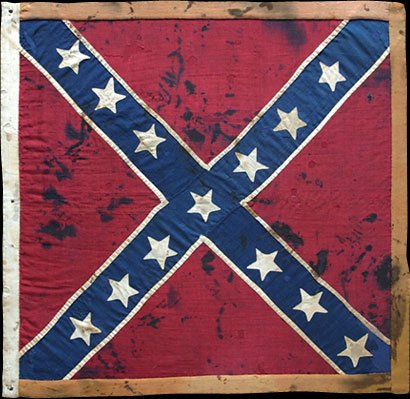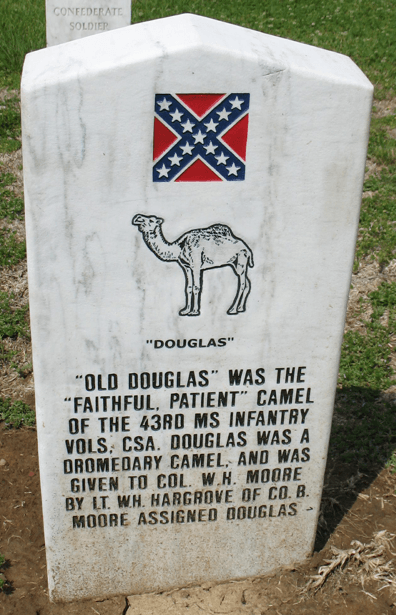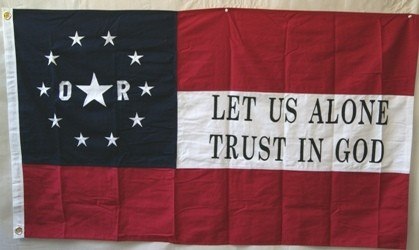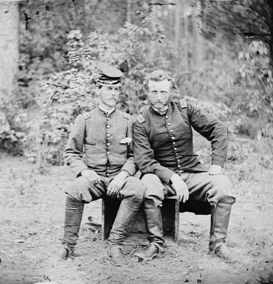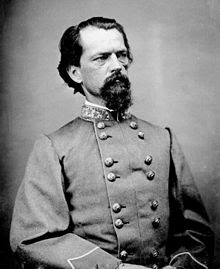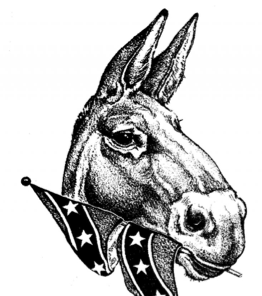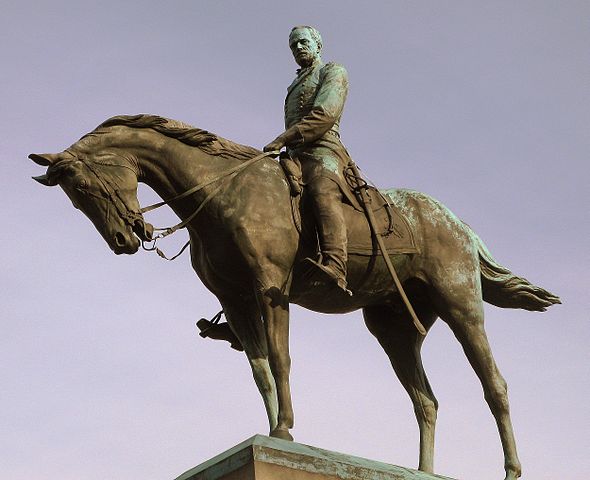
In an earlier post we got a 10 year old girl’s view of the war as Sherman started his destructive march through Georgia.(Click here to read.) Here are more details.
Needless to say that there will never be a statue like the one above honoring Union General Sherman in Georgia. And here’s the reason why.
Sherman’s Special Field Orders No. 120 authorized a new kind of warfare. Part of it reads:
“…should the inhabitants burn bridges, obstruct roads or otherwise manifest local hostility, then army commanders should order and enforce a devastation more or less relentless, according to the measure of such hostility.”In case you doubt how severe he meant this to be, this will clarify Sherman’s intentions, from one of his telegrams to Ulysses S. Grant:
“Until we can repopulate Georgia it is useless to occupy it, but utter destruction of its roads, houses, and people will cripple their military resources. … I can make the march and make Georgia howl.”One of Sherman’s officers, John Acheson, wrote these words:
“…scores of poor families have I seen, who had had no hand in bringing the present trouble upon the country, left without a mouthful to eat, and not knowing where to turn to get it, or what in the world to do to relive their distress.”While Texas General Hood was negotiating with Sherman on the treatment of civilians in Atlanta, Hood wrote to Sherman:
“And now, sir, permit me to say that the unprecedented measure you propose transcends, in studied and ingenious cruelty, all acts ever before brought to my attention in the dark history of war.”
His scathing messages to Sherman reveal a lot. In one of them he wrote:
“…there are a hundred thousand witnesses that you fired into the habitations of women and children for weeks, firing far above and miles beyond my line of defense.”Sherman achieved the status of war hero after the war, but not in the lands where he “slashed and burned.”
Thanks for reading. Please share our posts with your friends and family so they too can learn more about Southern Heritage and History.
Brought to you by: Ultimate Flags


